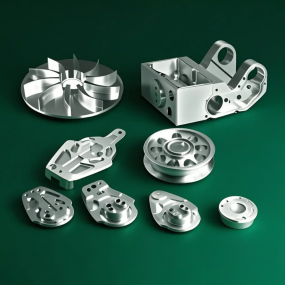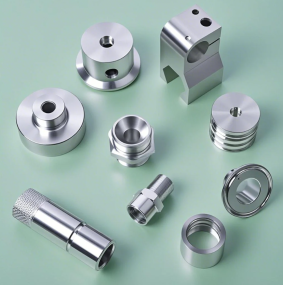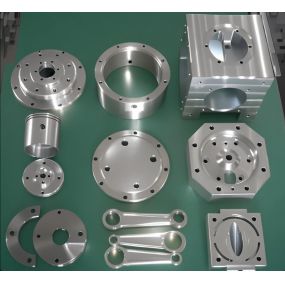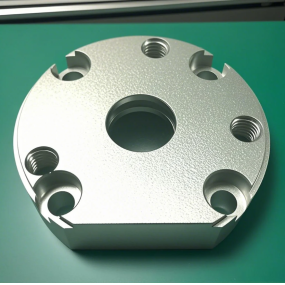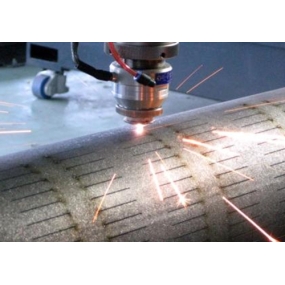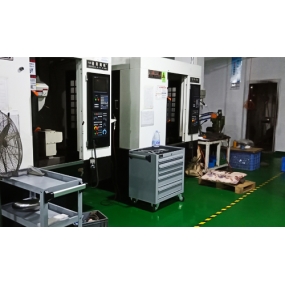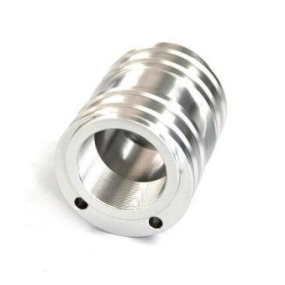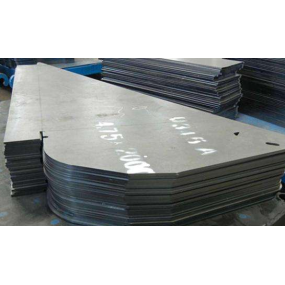In order to prevent cracking in CNC processed parts, the following measures can be taken to ensure the smooth progress of the processing process and the quality of the processed parts: 1. Raw material selection and inspection. Select high-quality raw materials: Ensure that the raw materials used, such as acrylic sheets, aluminum shells, etc., have sufficient hardness, purity, and thickness to meet the processing requirements· Check the quality of raw materials: Conduct quality checks on raw materials before processing, including measurements of hardness, purity, thickness, and other parameters, to ensure that the raw materials are defect free and crack free. Adjustment of CNC Machining parameters and cutting speed: Set the cutting speed reasonably according to the hardness and thickness of the material. Generally speaking, cutting speeds that are too high or too low can lead to the formation of cracks· Feed rate: Set the feed rate reasonably based on the cutting speed and tool selection. Excessive feed rate may result in excessive cutting force, leading to cracks· Tool selection: Choose tools suitable for processing materials to ensure that the hardness and wear resistance of the tools meet the processing requirements. For materials with high hardness, tools with good wear resistance should be selected· Cooling method: Ensure that the cooling method is sufficient and appropriate to avoid thermal cracking or cold cracking caused by overheating or overcooling. Use appropriate cutting fluid and cooling system to reduce cutting temperature. 3、 Process optimization and workpiece clamping: Ensure that the workpiece is fully clamped during the machining process to avoid cracks caused by vibration. Use appropriate fixtures and clamping methods to ensure the stability of the workpiece· Tool path optimization: Reasonably design the tool path to avoid excessive cutting force during the machining process. Use professional CAM software for optimization design to improve machining efficiency and quality· Processing sequence: Reasonably arrange the processing sequence to avoid excessive stress concentration during the processing. For complex machined parts, step-by-step or pre machining methods can be used to reduce the occurrence of cracks. 4、 Equipment maintenance and upkeep · Machine tool maintenance: Regularly maintain and upkeep the machine tool to ensure its accuracy and stability. Check if the transmission system, lubrication system, cooling system, etc. of the machine tool are working properly· Tool maintenance: Regularly maintain and replace tools to ensure their sharpness and wear resistance. Avoid using tools with severe wear during machining to reduce the occurrence of cracks. 5、 Operator Training and Skill Enhancement · Training: Provide professional training to operators to enhance their operational skills and safety awareness. Ensure that operators are familiar with the operation process and precautions of CNC machining· Skill enhancement: Encourage operators to continuously learn new knowledge and technologies, improve their processing skills and quality awareness. Stimulate the enthusiasm and creativity of operators through skill competitions and reward mechanisms.
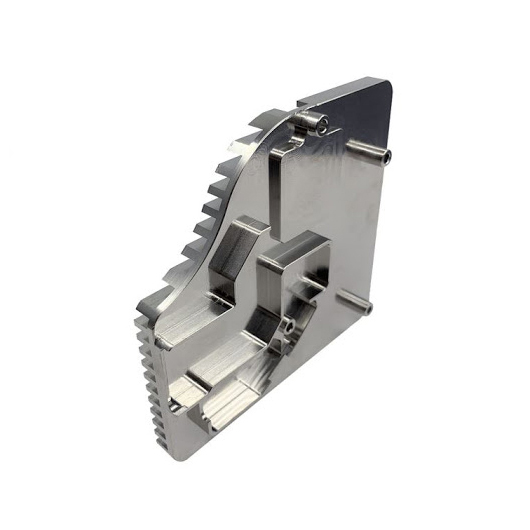


 Spanish
Spanish Arabic
Arabic French
French Portuguese
Portuguese Belarusian
Belarusian Japanese
Japanese Russian
Russian Malay
Malay Icelandic
Icelandic Bulgarian
Bulgarian Azerbaijani
Azerbaijani Estonian
Estonian Irish
Irish Polish
Polish Persian
Persian Boolean
Boolean Danish
Danish German
German Filipino
Filipino Finnish
Finnish Korean
Korean Dutch
Dutch Galician
Galician Catalan
Catalan Czech
Czech Croatian
Croatian Latin
Latin Latvian
Latvian Romanian
Romanian Maltese
Maltese Macedonian
Macedonian Norwegian
Norwegian Swedish
Swedish Serbian
Serbian Slovak
Slovak Slovenian
Slovenian Swahili
Swahili Thai
Thai Turkish
Turkish Welsh
Welsh Urdu
Urdu Ukrainian
Ukrainian Greek
Greek Hungarian
Hungarian Italian
Italian Yiddish
Yiddish Indonesian
Indonesian Vietnamese
Vietnamese Haitian Creole
Haitian Creole Spanish Basque
Spanish Basque

